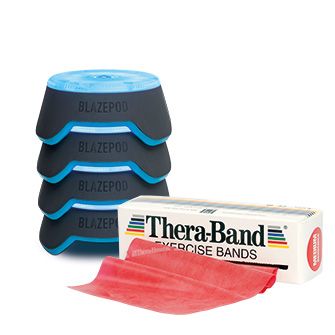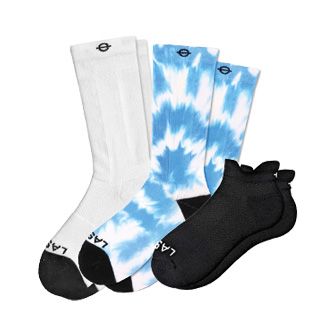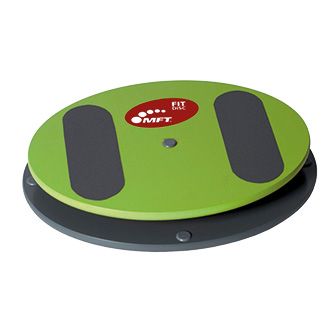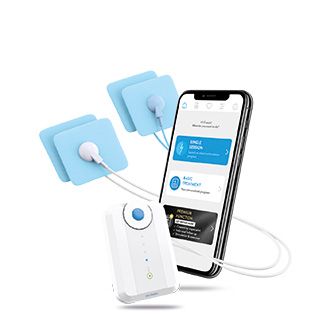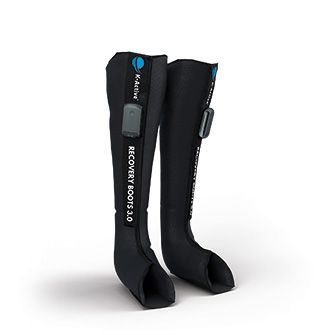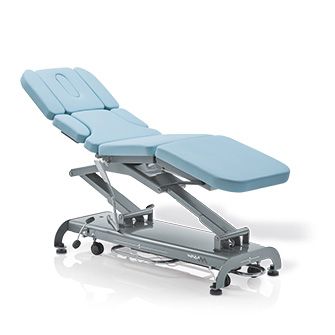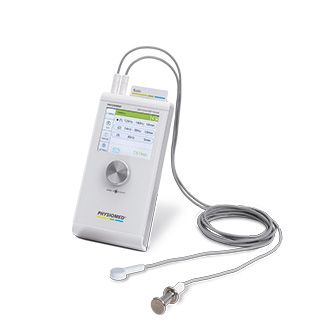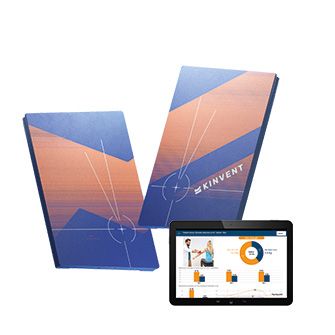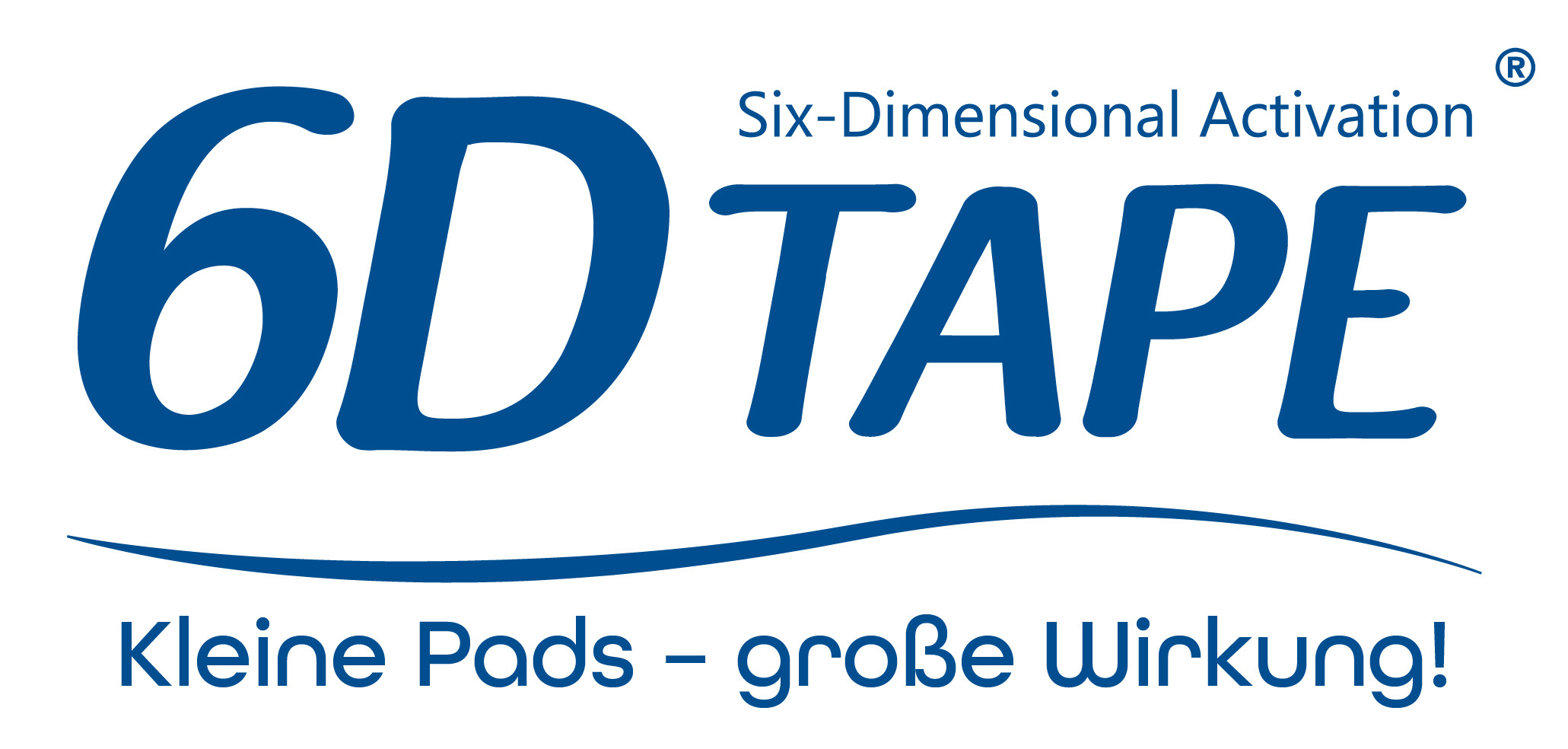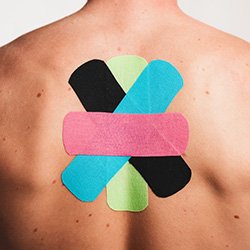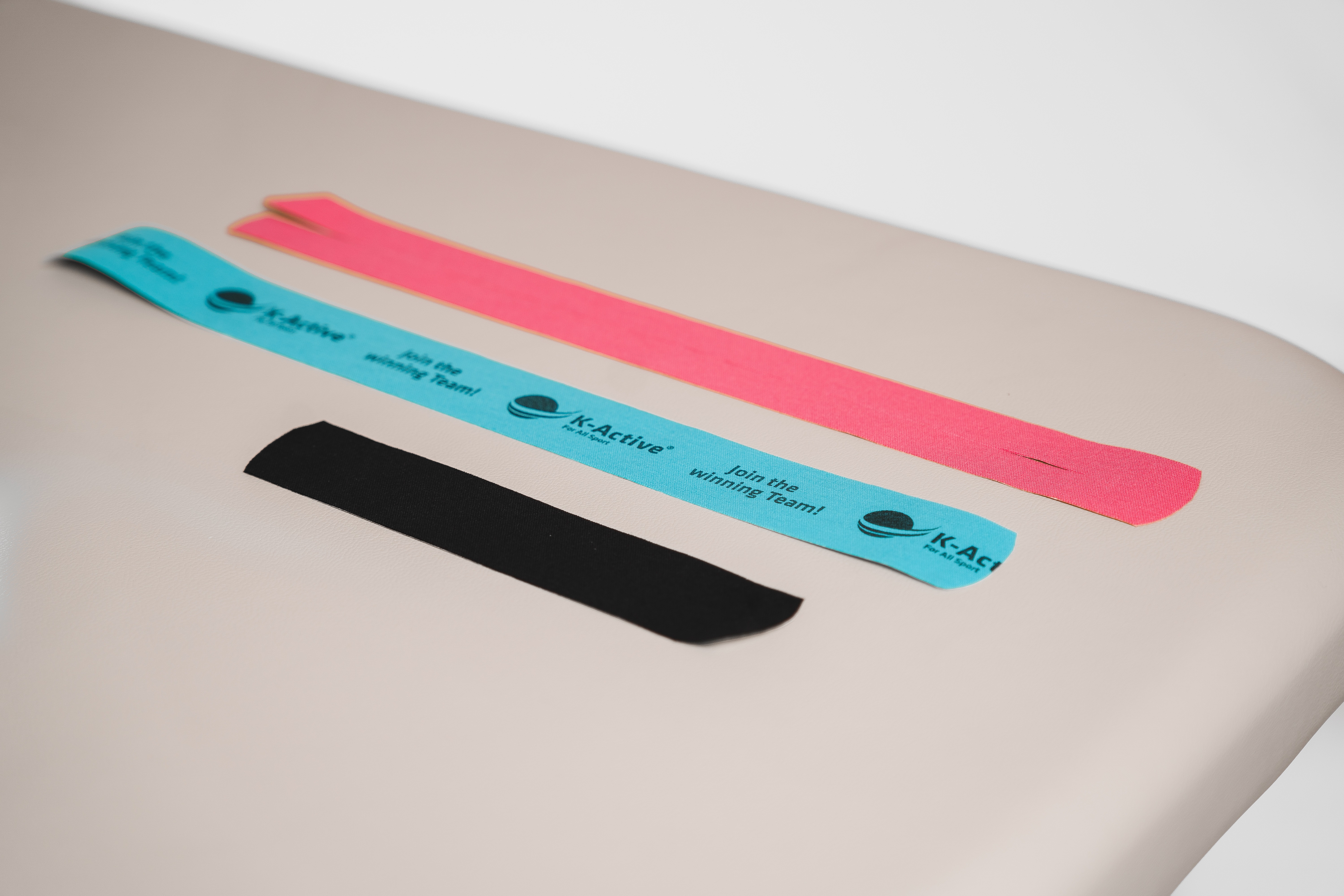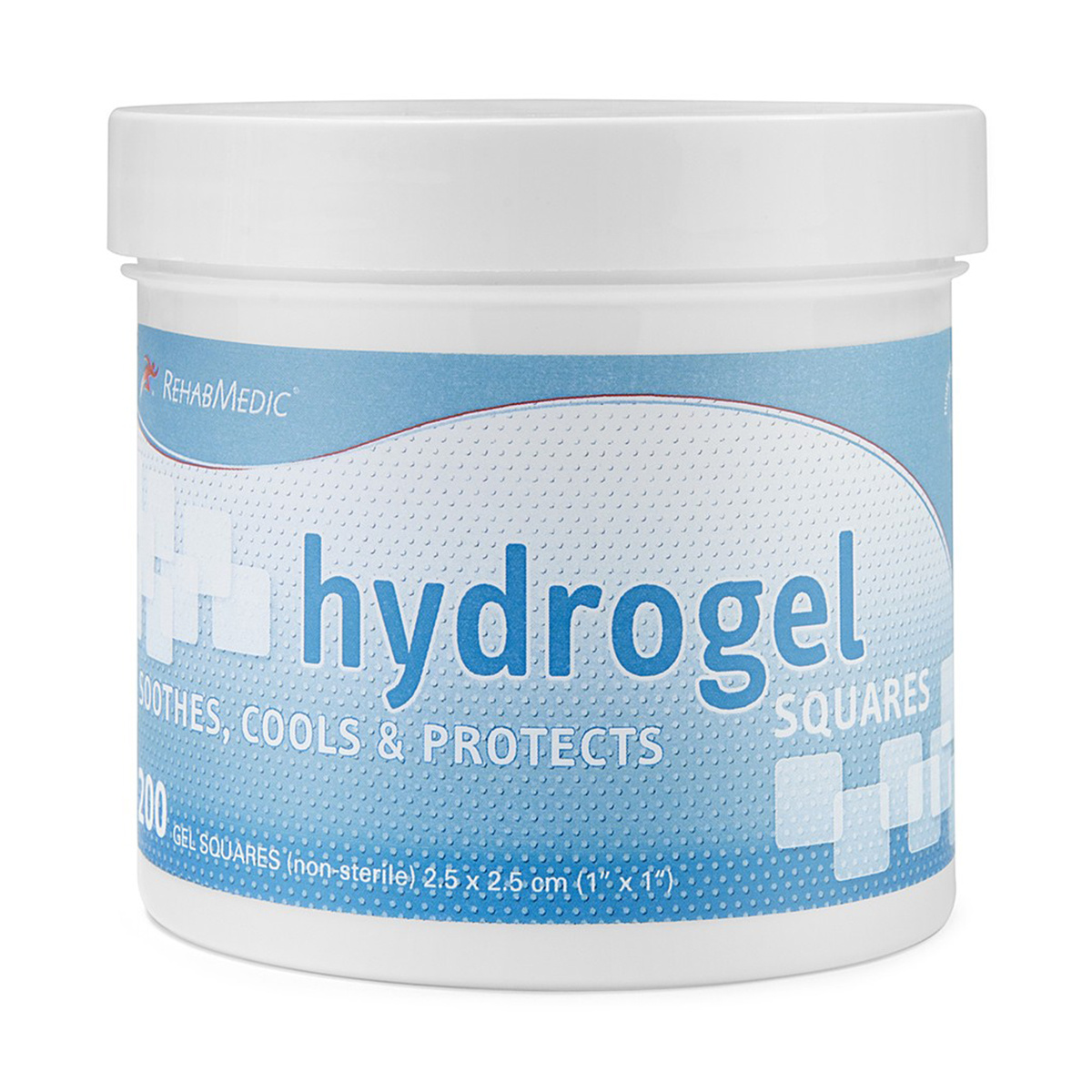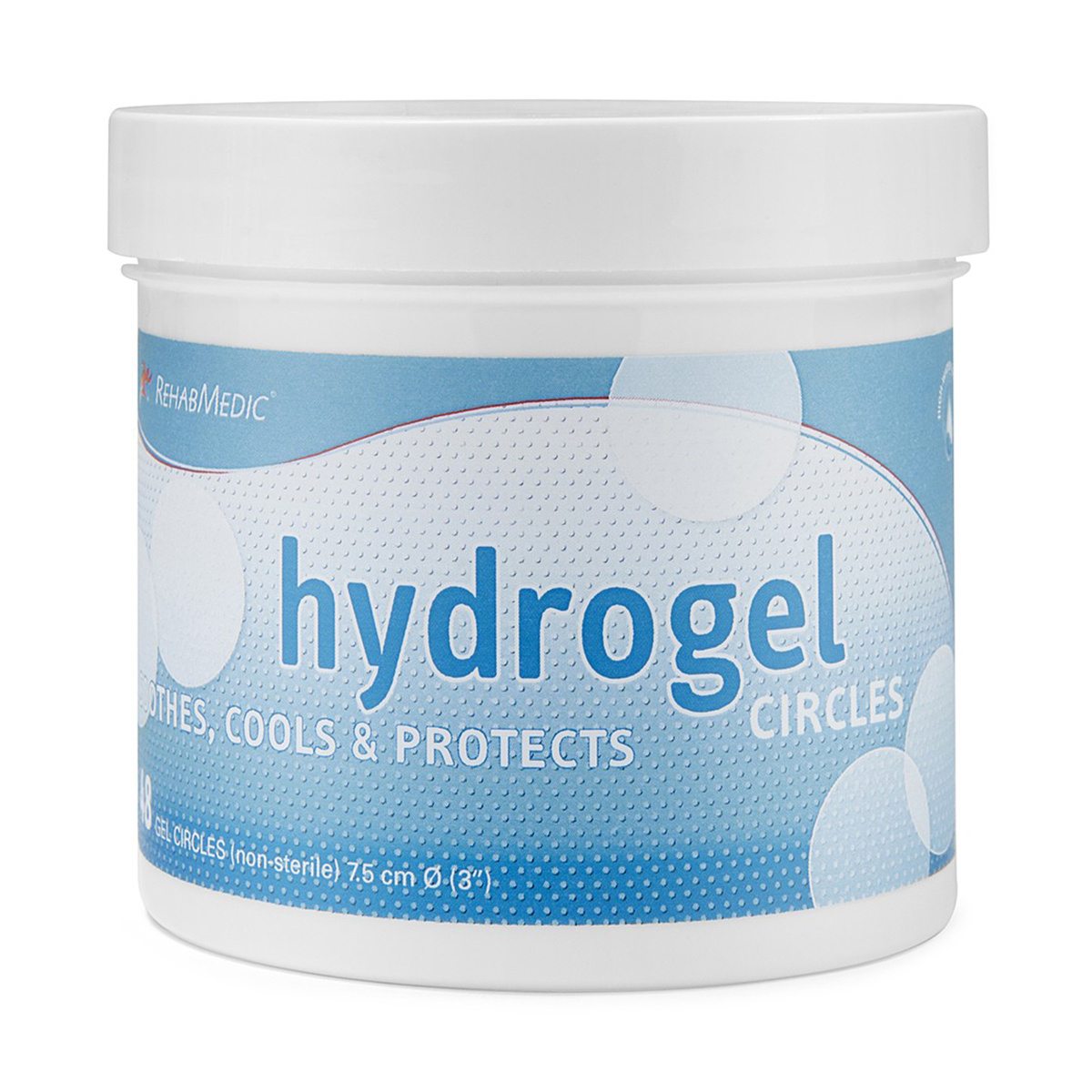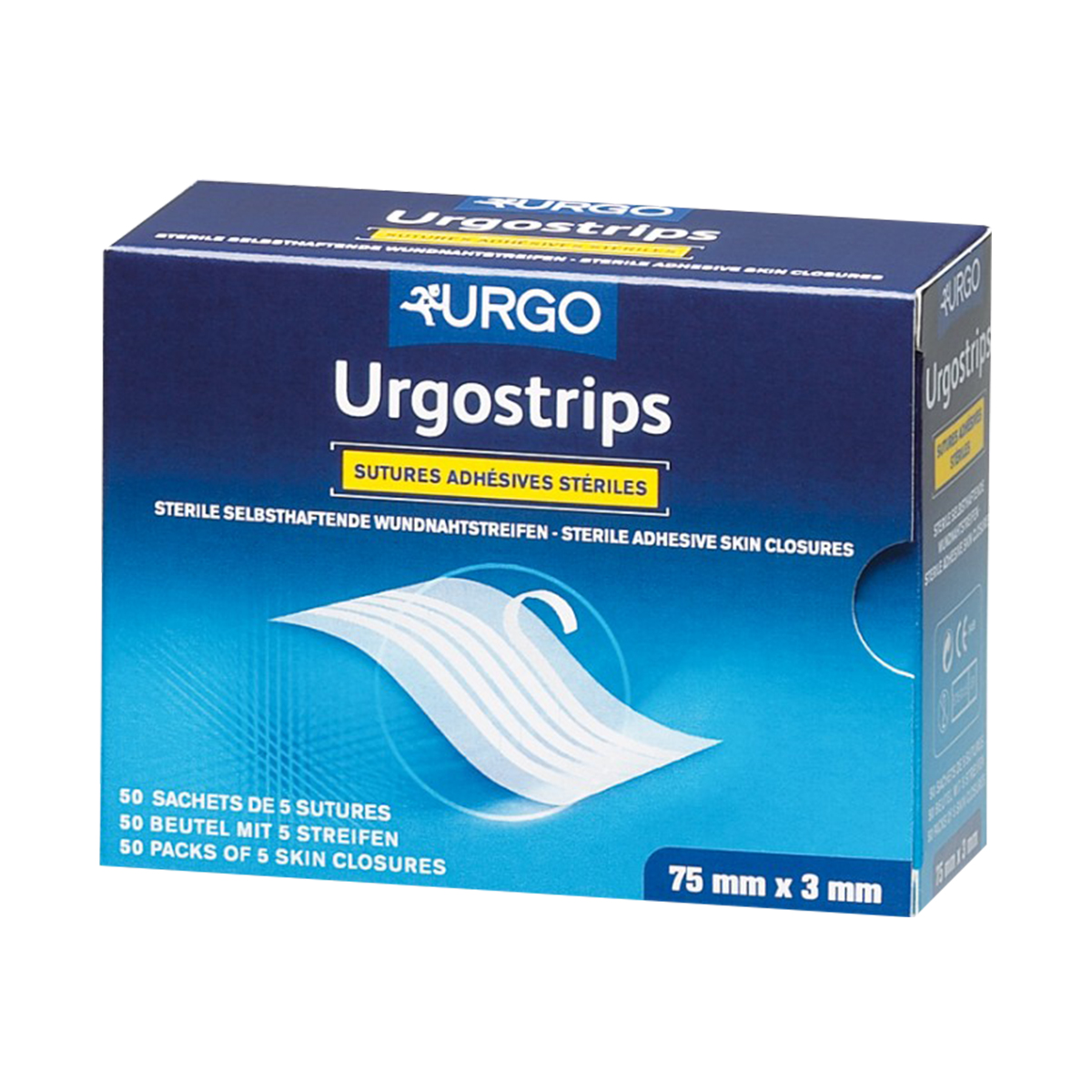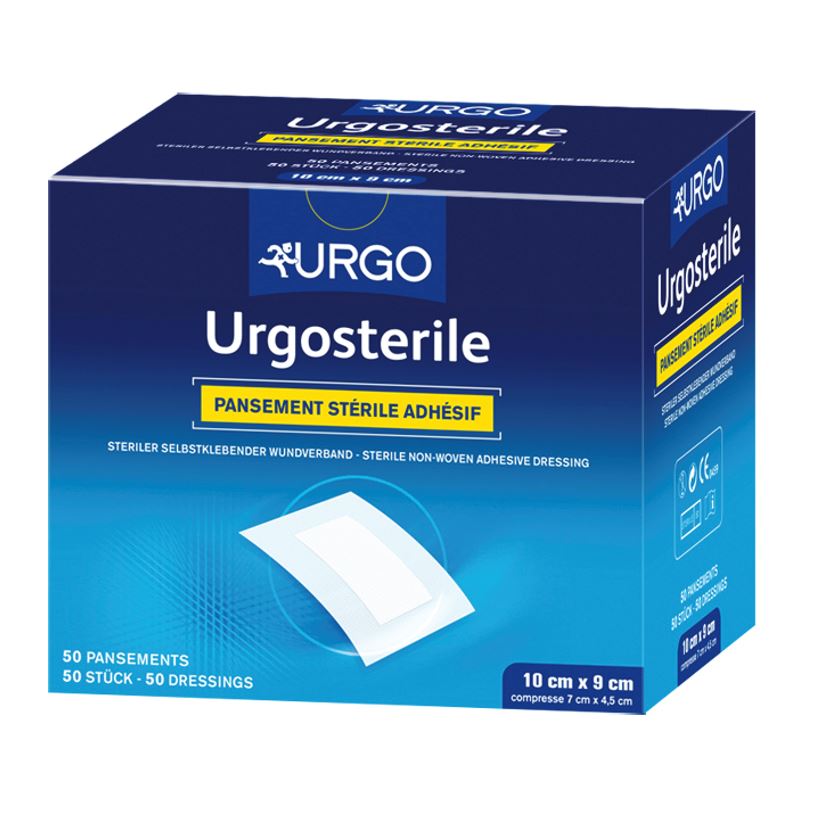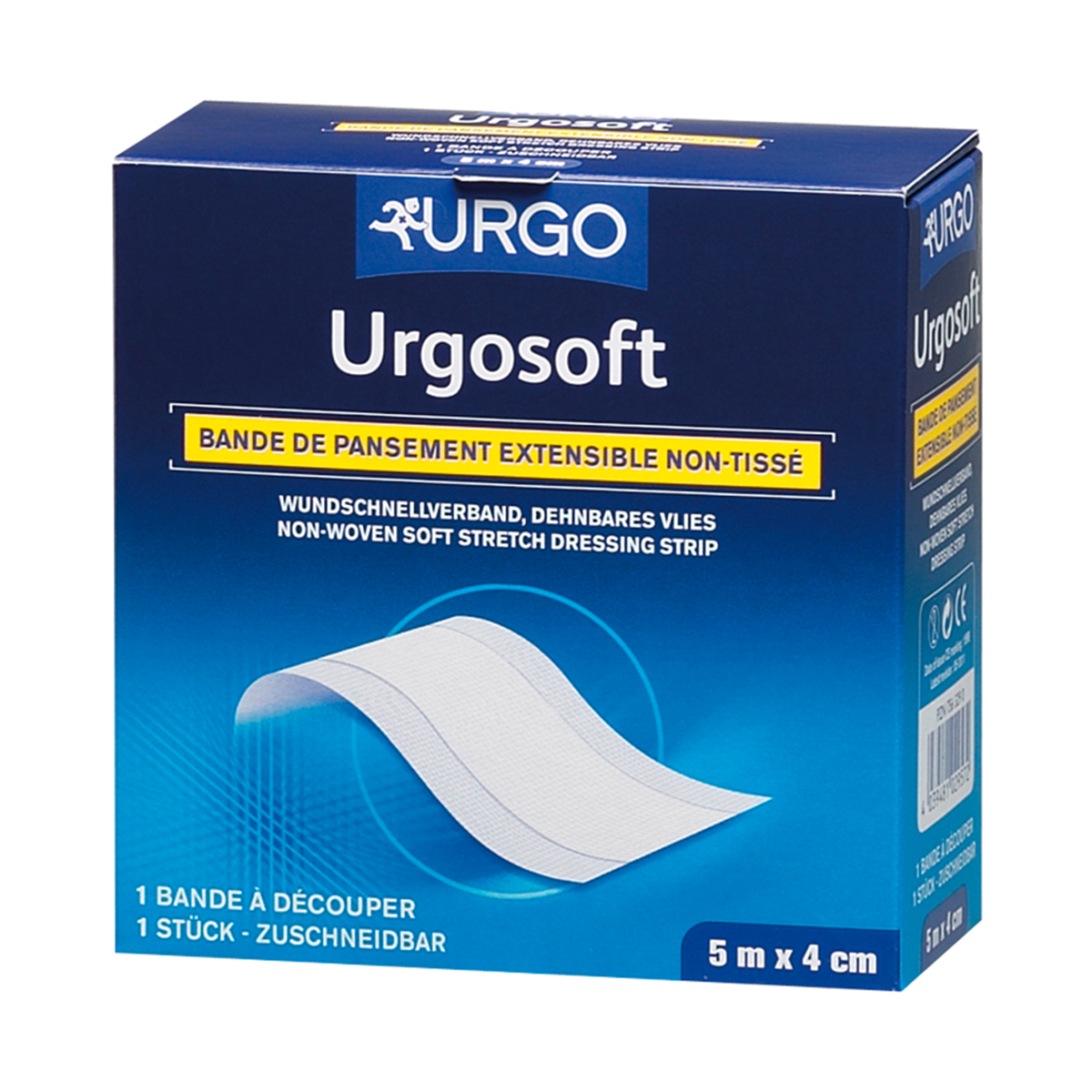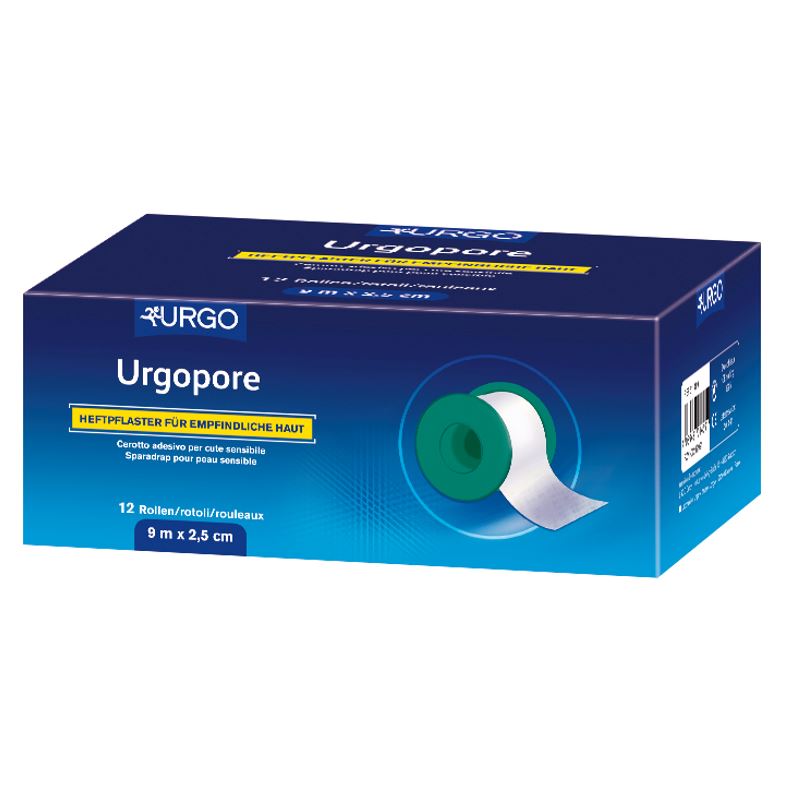Filter products
Frohnradstraße 2
63768 Hösbach
Tel.+49 (0) 6021 62998-100
Fax +49 (0) 6021 62998-99
Plaster
They are the quick rescue for minor burns, cuts or scratches: plasters. The rapid wound dressings are available for cutting to size or in the form of strips, circles or with wings. They are part of the standard material in every first-aid kit and are intended to protect the injury from external influences. Plasters keep the wound dry and free of dirt and germs.
The plaster ABC: Everything you need to know about plasters
When are plasters used?
Plasters are used to quickly close wounds. They are mainly used for minor injuries and are intended to help stop light bleeding. They are ideal for scratches, cuts, abrasions, and minor burns. Plasters are not suitable for large wounds or internal injuries. For wounds that cover a large area, bleed a lot, or are very deep, you're better off using bandages such as bandages and compresses.
Quick wound dressing
A quick wound dressing is a plaster consisting of a wound pad attached to an adhesive tape. The wound dressing is usually made of a sterile polyester fleece. Quick wound dressings are available for cutting to size or already pre-cut in various forms. These include plaster strips, fingertip plasters or large, rectangular wound dressings. Quick wound dressings are used primarily for minor injuries such as scratches, cuts and abrasions that no longer require special treatment.
Hydrocolloid plasters
Hydrocolloid plasters contain a hydrogel that is designed to cool and keep the wound moist. You can use them to soothe burns, blisters, calluses, herpes blisters or pimples. The gel absorbs the wound secretion and directs it to the outside. At the same time, it maintains a moist environment that promotes healing. The gel patch also acts as a protective cushion over the wound.
Waterproof plasters
Waterproof plasters prevent the penetration of liquids from the outside due to their upper material. This not only protects the wound, but also allows the surrounding skin to come into contact with water. Thus, you can shower without any problems. Waterproof plasters usually have a shorter adhesion period than normal plasters, as they are less stretchy and adapt to movements.
Blister plasters
Blister plasters are hydrocolloid plasters that are already cut to the appropriate shape, for application to the foot or hand. The blister plaster is applied to the affected area and used for targeted pain relief and protection from external influences. The plasters are usually round. However, the hydrogel plasters are also available in an oval or rectangular shape for better grip on the heel. Blister plasters can be used to treat both open and closed blisters.
Plasters for sensitive skin
If you are looking for a plaster for sensitive skin, you should look for the addition of "Soft" "Skin" or "Sensitive" in the item description. This is a clear indication that the plasters are particularly skin-friendly. A prerequisite for a sensitive patch is that it can be easily removed from the skin without leaving any adhesive residue and without causing any skin irritation.
How do I apply a plaster correctly?
1. Clean the skin around the wound if possible
2. Disinfect the wound with a desinfectant
3. Depending on the type of injury, a wound and healing ointment can be applied. Read the package insert beforehand to see if the ointment is suitable for the injury in question.
4. If necessary, cut the quick bandage to the appropriate length, preferably not too tightly
5. Apply the plaster in the center of the injury.
How do plasters help wounds to heal?
Plasters are designed to protect the affected area from external influences such as dirt, germs or moisture. They lie like a second skin under clothing and prevent the wound from drying on the clothing and tearing open again. In this way, infection can be prevented, and the wound can heal better. But that's not all: just a few minutes after you have sustained an injury, the body begins to produce wound secretions. This secretion is responsible for the care of the wound, but also contains waste products such as bacteria and dead cell parts. Without a plaster, the surface of the wound dries and crusts over. But there may still be moist wound secretion underneath, which slows down the wound healing process. This is because germs and bacteria can no longer be transported to the surface, out of the wound. With the application and regular replacement of the plaster, the top layer of secretion is removed each time, and the wound can heal better.
When should I change the plaster?
When or how often a plaster should be changed depends entirely on the condition of the wound. If, for example, dirt or liquid gets to the plaster through external influences and penetrates it, we advise you to change the plaster, otherwise bacteria can get to the wound. This is especially important if the wound is not yet completely closed. Even if the wound still releases a lot of secretions and weeps, a new plaster should be applied regularly. However, a plaster should not be changed too often either, otherwise the wound healing process will be disturbed too frequently. In any case, the plaster should remain on the wound until it is completely closed.

